“On Saturday, especially the last Saturday of every month,
every department is put in order;
the casters and table furniture are regulated, the pantry and cellar inspected …
everything about the house put in order for Sunday …
a full supply of all conveniences in the kitchen and cellar,
and a place appointed for each article, very much facilitate domestic labor.
For want of this, much vexation and loss of time
is occasioned while seeking vessels in use…”
-American Woman’s House, Catherine Esther Beecher
To continue on with our Provision Room series, we will chat a bit about buying in bulk.
Yes, we are a larger-than-normal family, so buying our pantry goods in bulk is practical for our needs. However, even if you have an average sized family, I still believe buying in bulk will benefit you. You will save money as buying in bulk typically pinches pennies and you will save time (no rushing to the store for a last minute purchase of baking powder). Lastly, you will save energy and learn to be resourceful with what is in stock on hand in your own Provision Room.
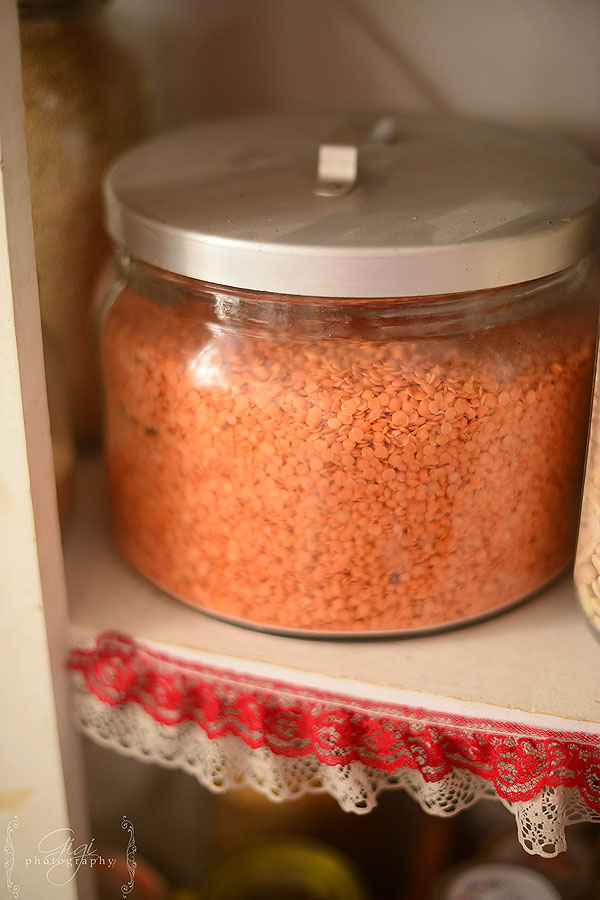
If you can find a grocery store that will offer you products in bulk sizes, that will be such a blessing. I find we do not have that option locally. There is a program which we signed up for to buy in bulk wholesale and of course, there is always Costco, although we rarely frequent the store. There is also a local Mennonite store that I will make a trip to every few months to purchase other bulk goods.
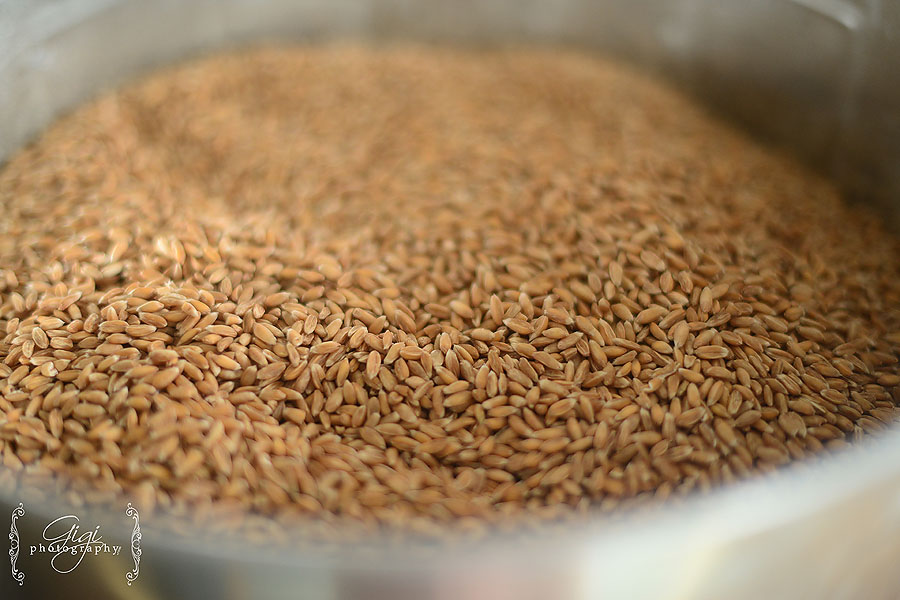
Besides some baking spices (which was mentioned in the last post), here are the items we purchase in bulk from the Mennonite store:

whole wheat flour [20 kg bags]
dried soup beans mix
dried kidney beans
dried white navy beans
red lentils
cinnamon
carab powder
pure maple syrup
popcorn
pearl barley
oatmeal
molasses
yeast

Although in the future, I would like to order some additional supplies, for now, this is what we have purchased from the bulk ordering program:
spelt wheat berries
cranberries
epsom salts
baking soda
chocolate chips
egg noodles
rice
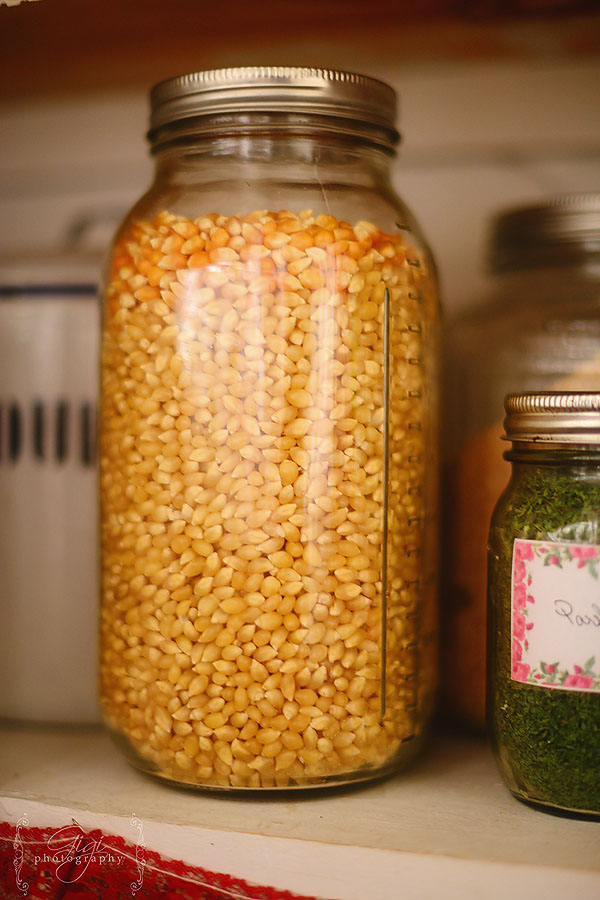
Other items we store in bulk are castile soap, coconut oil, various pasta noodles (purchased when there is a sale on at the grocery store), quinoa, peanuts, vinegar, olive oil and cane cane sugar. Those items are frequently found at Costco. I make brown sugar by adding molasses to our regular sugar.
We do not use unnecessary paper products, such as paper towel or napkins but choose to use cloth instead. We also use cloth diapers so there is a rare need to purchase disposables (for those times we are out or overnight diapers that are needed as the baby grows.) That will help save money, as well. Toilet paper is simply purchased as the need arises.
Lately, I have been making our shampoo from our homemade soap, so even purchasing shampoo is not necessary. Liquid soap is easily made from homemade soap, as well. Toothpaste is made from a mix of coconut oil, baking soda and peppermint essential oil. Laundry soap, as well, is also homemade. Here is our recipe. This eliminates the need to purchase laundry soap, softners, etc. I am often tempted to purchase store bought products as a luxury in this area {because who does not love a good smelling body wash?}, but if I do, I am quickly reminded that there is not much benefit, so with a little effort, making the items are home as not as challenging as it appears.
Having bulk items requires a slight bit of organization but that is nothing to be afraid of.
You will need a spot to store your goods, but that can easily be arranged if you have a handy closet. As we have mostly live in homes that are over 100 years old, we have never been blessed with closets on the main floor! If you have a good sized closet, you may find it works perfectly for your dry goods. However, if you do not have a closet, you can still be creative and resourceful in finding ways to store your bulk goods. We have used industrial sized buckets along with plastic totes to store our goods.
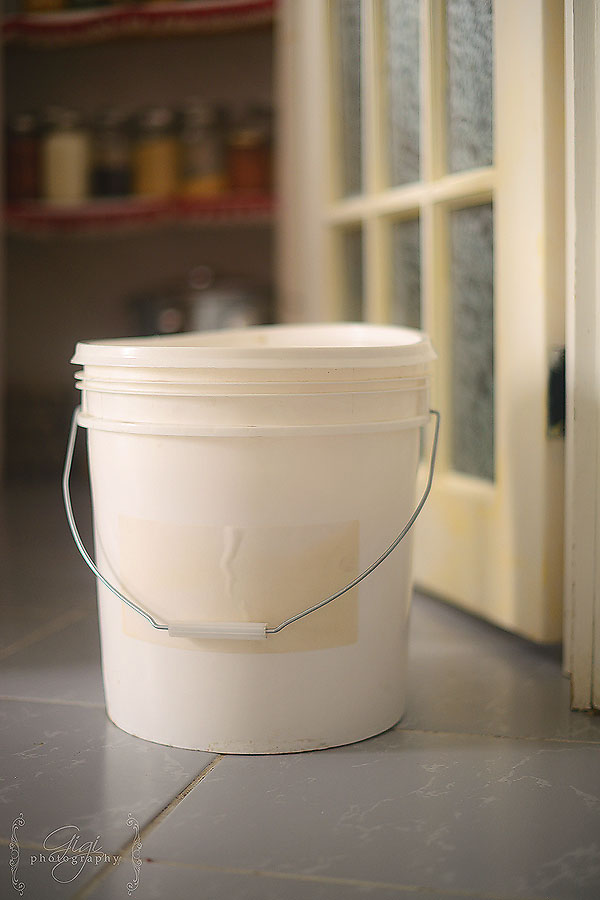
Most of our supplies are stored in the provision room, while we fill up smaller sized metal containers and jars for the upstairs kitchen pantry.
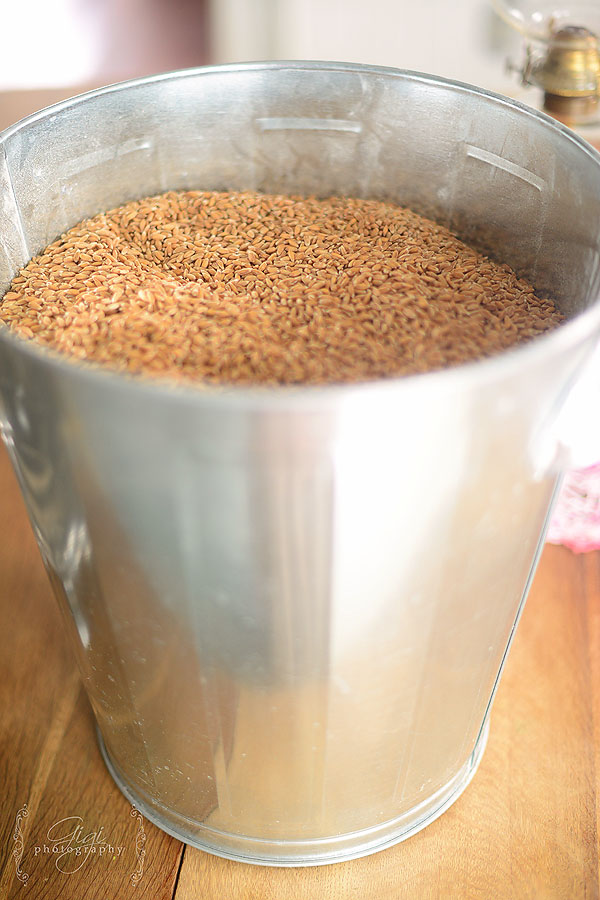
(I actually think these are bird feed containers … sold at a local farm supply store – they are basically a metal garbage can, which fit perfectly on the floor of the upstairs kitchen pantry.)
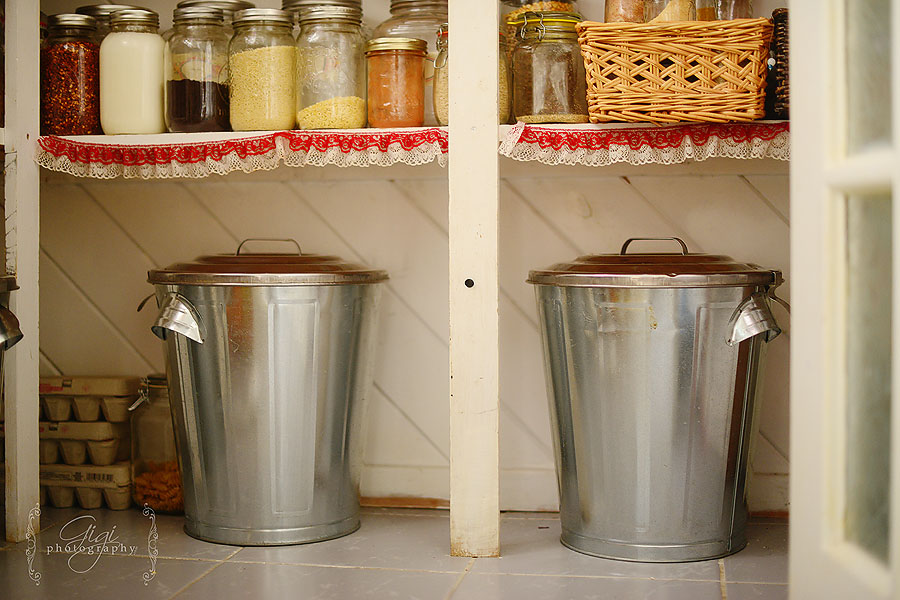
Thankfully, I have never had a problem with any our of goods spoiling.
Have you purchased in bulk before? What is your favorite item to purchase in bulk?
If you have missed the other posts in regards to building up your Provision Room, here are some links:
The Original Provision Room post
Part I – The Provision Room Update
Part II – The Pantry
Part III – Make Your Own Mixes

by Gigi
5 comments